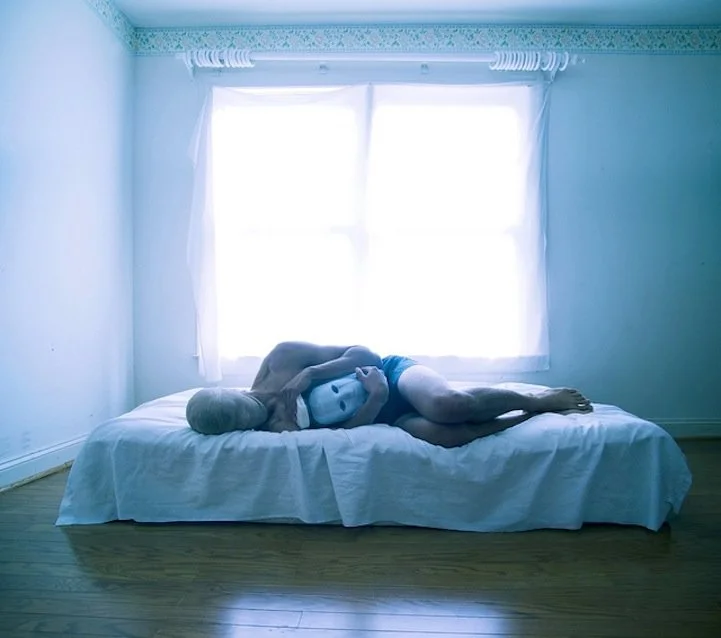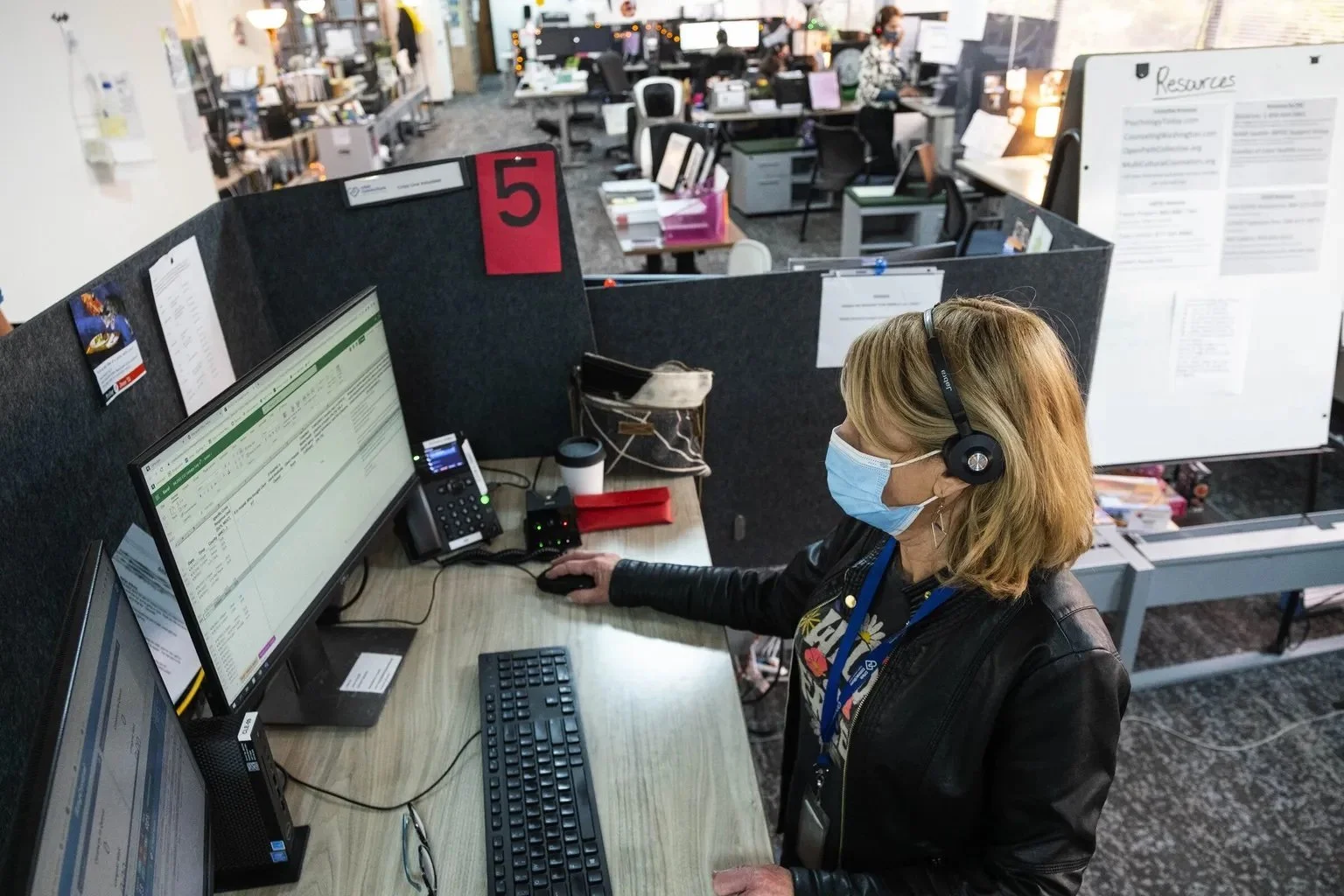A Collection on Mental Health
By Leah Sloan
The Driving Force
A documentary by Leah Sloan
Ft. Kayla Sloan, consultant for the V.A., former crisis line operator
Jade Huber, Model
Laura Schwartz, retired, former Asst. Director of the United Jewish Federation of Westport, Wilton, and Norwalk
An interview with two 21-year-old college students who would like to stay anonymous.
An Overview on Mental Health Care
When you hear “mental health treatment”, therapy is often the first concept that comes to mind. Attending psychotherapy sessions with a mental health professional can be an effective way to sort through one’s feelings and experiences. Therapy is most often the first step before taking more serious steps, such as medication or hospitalization. While there are many therapists and psychologists available in the United States, not everyone is able to afford it. According to SimplePractice, a single therapy session ranges from $100 to upwards of $200 even with insurance. Although therapy can be expensive, there are programs that provide therapy at a cheaper cost. For example, you can receive low-cost therapy sessions from graduate school clinics where students are training to become psychologists, or training institutions where therapists who have graduate degrees are working towards a postgraduate certification. At some colleges, students may receive a certain number of free sessions with a psychologist or social worker. Recently, there has been an influx in online therapy services such as BetterHelp or Talkspace. These sites will help you find a therapist that is best suited for you so you can attend online therapy sessions for a much lower cost. While this seems near perfect, there are a few drawbacks to online therapy services. These issues can include confidentiality or privacy, as an online space can allow for more information leaks than seeing a professional in person. Online sessions also tend to feel less intimate and people might not have a private space to attend sessions. This can hinder people from feeling safe to speak about their problems. While finding the right therapist and affordable practice might take a few extra steps, it can be a great resource for mental health care.
In the United States, only 20.3% of adults are receiving mental health treatment, as stated by the National Center for Health Statistics. This raises the questions: why are our country’s mental health services left unused by so many people, and is mental health treatment even accessible to the average person?
Photo: Christian Hopkins
Another option for severe mental health problems is hospitalization. One should only be hospitalized if they become a danger to themself or others. Hospitalization can be life-saving when the right steps are taken. People can be voluntarily hospitalized or involuntarily hospitalized. “Involuntary hospitalization of anyone for mental health reasons should be the very last resort”, said Kayla Sloan, a public health professional working in the mental health field, “People should be able to leave the hospital with coping mechanisms, a solid treatment plan moving forward, and consistent access to resources like counseling or a psychiatrist.
Resources that will help them not just in that moment of crisis, stopping them from committing suicide, but moving forward trying to heal and move past what lead to that peak in suicidality or mental health struggles.” Psychiatric hospitals should provide patients with the tools to continue practicing safe and productive mental health care beyond the moment of crisis in order to prevent another crisis in the future. According to the National Library of Medicine, a recent U.S. study shows that 178 per 100,000 patients commit suicide within the first three months postdischarge. Although hospitalization can be beneficial, its efficacy can also be questioned.
If therapy doesn’t seem to be working, another option is to take medication. Receiving medication from a psychiatrist can be beneficial. Of course, it’s a trial and error process, so the first one you take might not be the best fit. For some people, certain antidepressants can make them feel numb, which can sometimes be even more uncomfortable. Around 80% of people stop taking antidepressants within a month of starting them. Medication can be extremely helpful, but there is also a chance of it worsening depression symptoms and creating new ones such as nausea or drowsiness.
Photo: Jake Goldenstein-Street
Written Story:
Interview with Kayla Sloan, 23, Master of Public Health from the University of Florida, federal contractor for the U.S. Department of Veteran Affairs
https://www.cdc.gov/nchs/data/databriefs/db419.pdf
https://www.simplepractice.com/blog/top-billed-cpt-codes/
Crisis lines are another resource for people in moments of crisis or when they need general support. As a 988 Lifeline phone counselor, Kayla Sloan stated that “we are juggling callers who are actively suicidal and callers who are just calling to chat because they have no one else to go to for support. It is a great thing that they have access to these resources, but when it comes down to it, the lines are underfunded, understaffed, and aren’t able to keep up with the influx of calls as a result of the lack of accessible non-crisis mental health resources.”
Photo: Dean Rutz
On Happiness and Self Care…
A photojournalism story by Leah Sloan
All photos by Leah Sloan except:
Kayla Sloan: Photos 25, 26, 27
Elli Sloan: Photo 8
Holly Sloan: Photo 17
Rachael Sprankle: Photo 29
Interviews with Ruby Locklear (college student), Kayla Sloan (Consultant at Aptive), Holly Sloan (Preschool Teacher), Andrew Sloan (IT Project Manager at Lockheed Martin), Rachael Sprankle (college student)



